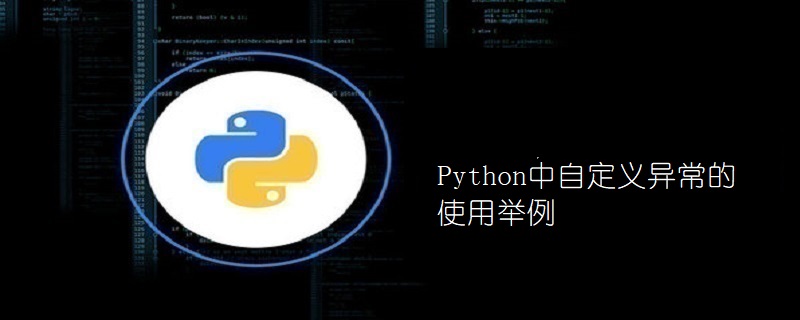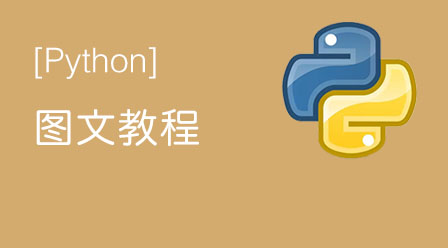
以下为与RuntimeError相关的实例,实例中创建了一个类,基类为RuntimeError,用于在异常触发时输出更多的信息。
在try语句块中,用户自定义的异常后执行except块语句,变量 e 是用于创建Networkerror类的实例。
class Networkerror(RuntimeError): def __init__(self, arg): self.args = arg
在你定义以上类后,你可以触发该异常,如下所示:
try:
raise Networkerror("Bad hostname")
except Networkerror,e:
print e.args在下面这个例子中,默认的__init__()异常已被我们重写。
>>> class MyError(Exception): ... def __init__(self, value): ... self.value = value ... def __str__(self): ... return repr(self.value) ... >>> try: ... raise MyError(2*2) ... except MyError as e: ... print 'My exception occurred, value:', e.value ... My exception occurred, value: 4 >>> raise MyError, 'oops!' Traceback (most recent call last): File "<stdin>", line 1, in ? __main__.MyError: 'oops!'
常见的做法是创建一个由该模块定义的异常基类和子类,创建特定的异常类不同的错误条件。
我们通常定义的异常类,会让它比较简单,允许提取异常处理程序的错误信息,当创建一个异常模块的时候,常见的做法是创建一个由该模块定义的异常基类和子类,根据不同的错误条件,创建特定的异常类:
class Error(Exception):
"""Base class for exceptions in this module."""
pass
class InputError(Error):
"""Exception raised for errors in the input.
Attributes:
expression -- input expression in which the error occurred
message -- explanation of the error
"""
def __init__(self, expression, message):
self.expression = expression
self.message = message
class TransitionError(Error):
"""Raised when an operation attempts a state transition that's not
allowed.
Attributes:
previous -- state at beginning of transition
next -- attempted new state
message -- explanation of why the specific transition is not allowed
"""
def __init__(self, previous, next, message):
self.previous = previous
self.next = next
self.message = message










